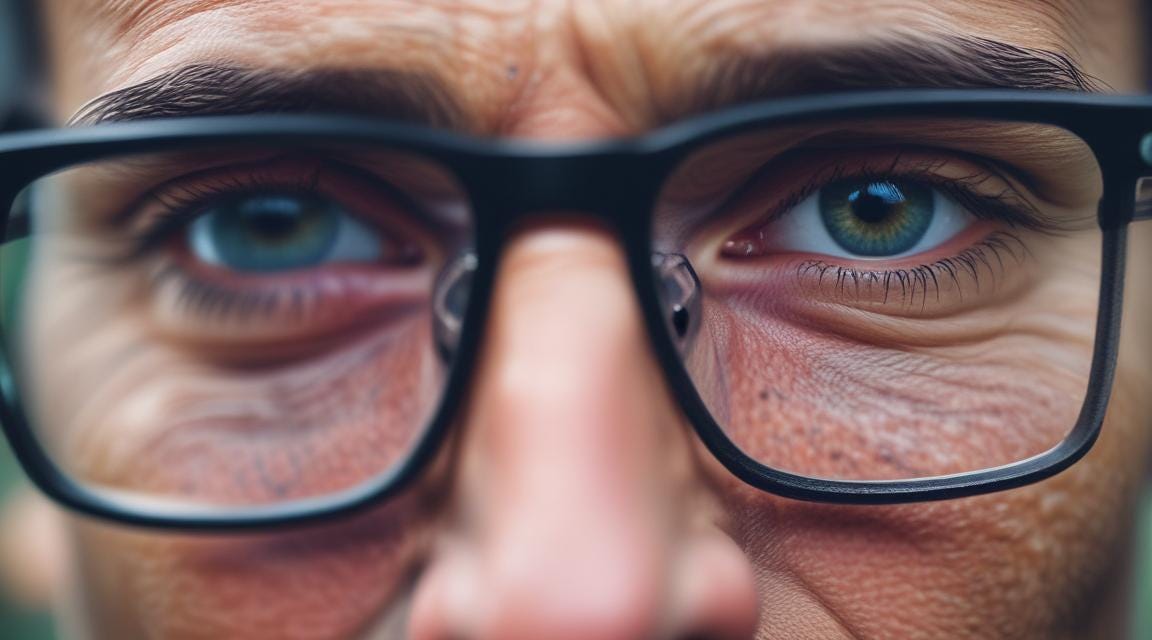High myopia is a severe form of nearsightedness, where distant objects appear very blurry, while close objects can be seen clearly. It is defined by a refractive error of -6.00 diopters or more. In high myopia, the eyeball is longer than normal, causing light rays to focus in front of the retina rather than directly on it.
Key Characteristics:
Severe Blurriness: Without correction, distant objects appear extremely blurry.
Elongated Eyeball: In high myopia, the eyeball is more elongated than normal, causing light to focus in front of the retina.
Higher Risk of Complications: People with high myopia are at a greater risk of developing serious eye problems, such as:
Retinal detachment: The retina can pull away from the back of the eye, which is a medical emergency.
Glaucoma: Increased pressure in the eye can damage the optic nerve.
Cataracts: The lens of the eye becomes cloudy more quickly.
Myopic macular degeneration: The central part of the retina (the macula) can degenerate, leading to vision loss.
Causes:
High myopia is typically caused by a combination of genetic and environmental factors. It tends to run in families and is often diagnosed in childhood, progressing with age.
Management:
Regular Eye Exams: Frequent monitoring is crucial to catch any complications early.
Corrective Lenses: Stronger glasses or contact lenses are usually required.
Surgical Options: Procedures like LASIK or implantable lenses may be considered, but these do not eliminate the need for regular eye check-ups.
Lifestyle Changes: Limiting close-up work and increasing time spent outdoors may help slow progression, especially in children.
High myopia is more than just a stronger prescription; it requires careful management to prevent or address associated complications.
Today I interview Dr Robert Steigerwalt from Rome, Italy, who has spent many years researching and treating high myopia.
If you have have been told you have myopia, don’t miss this interview. It has a lot of great information on how to treat it and what to do to manage this serious disease.




